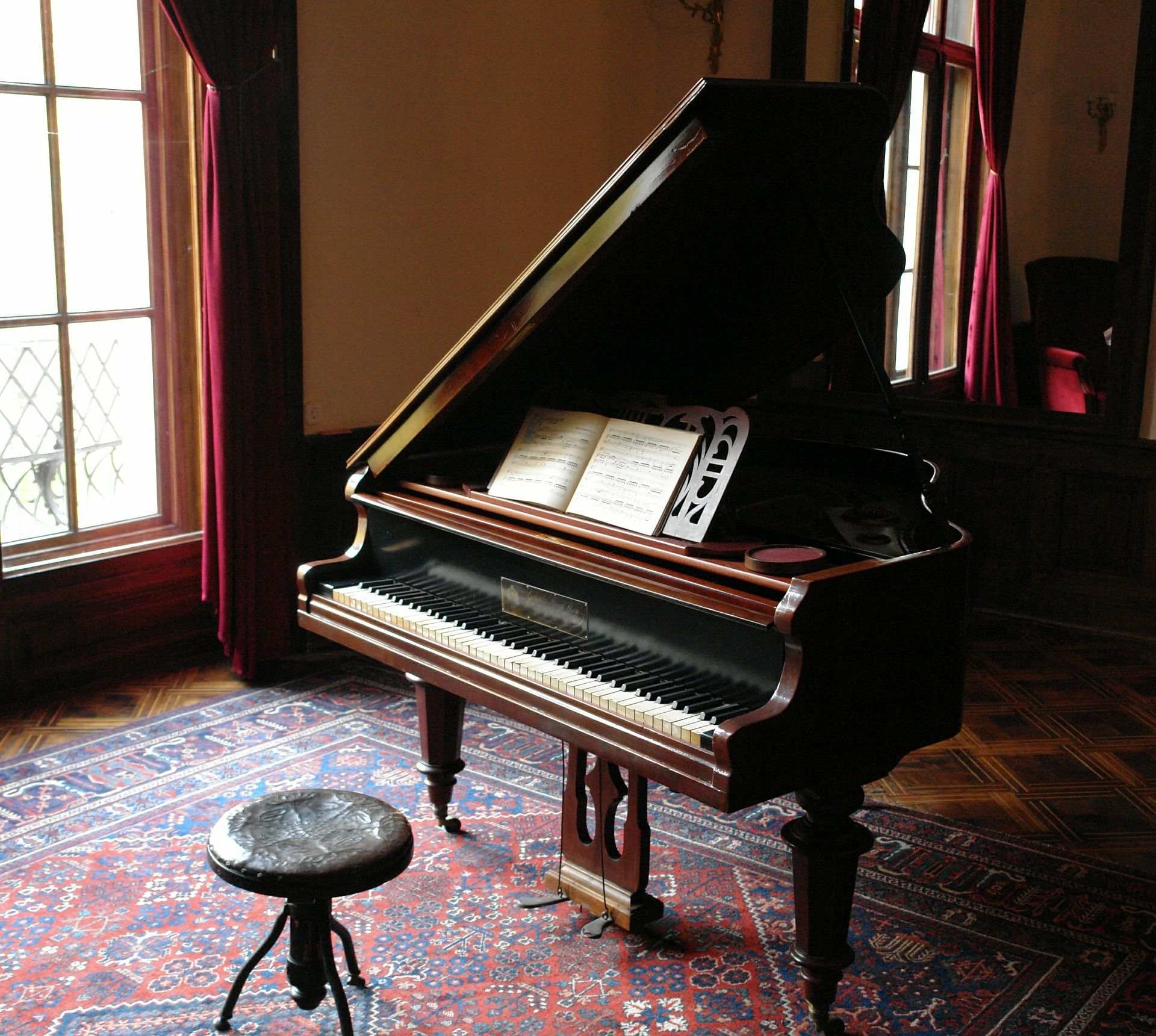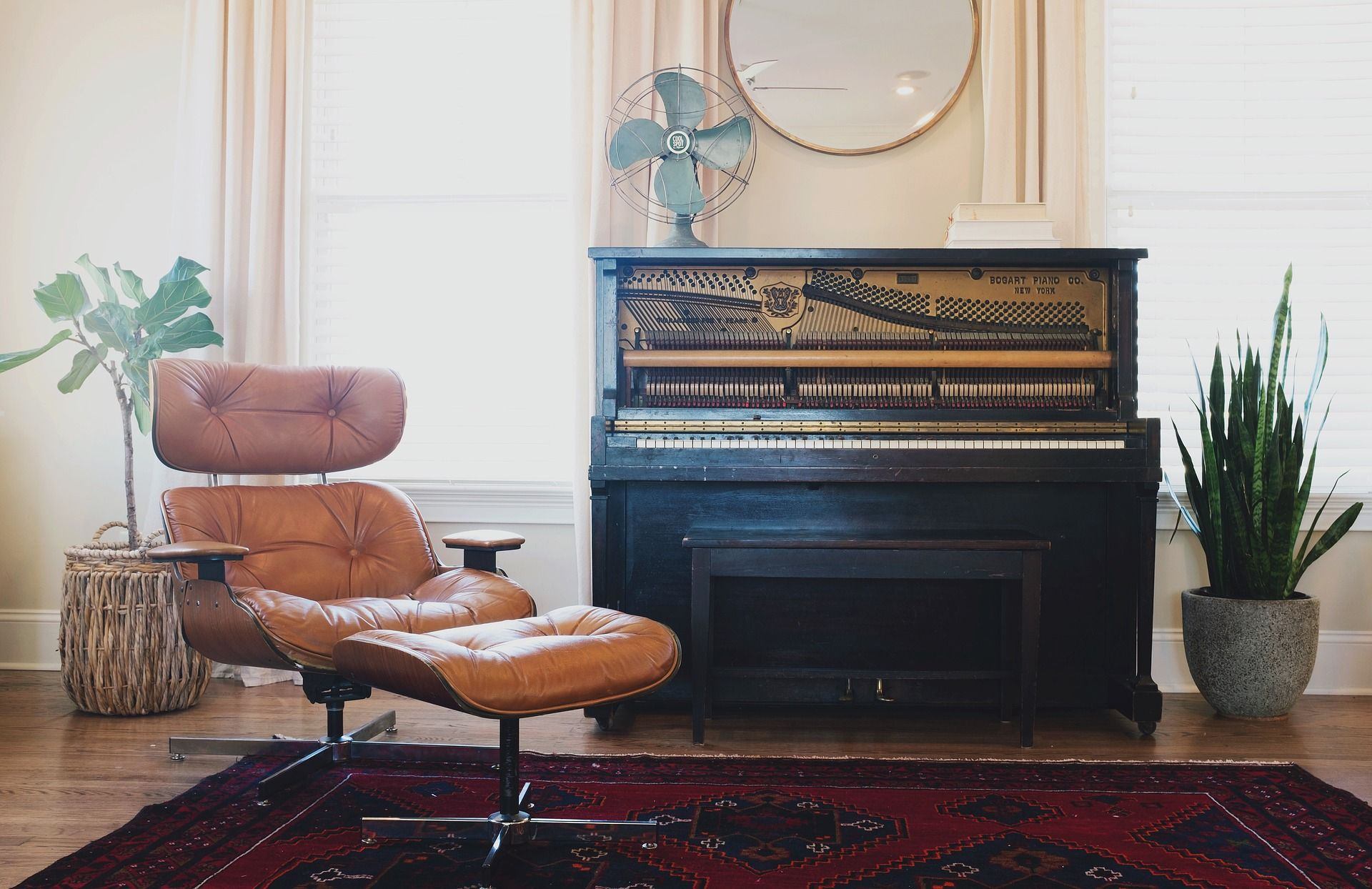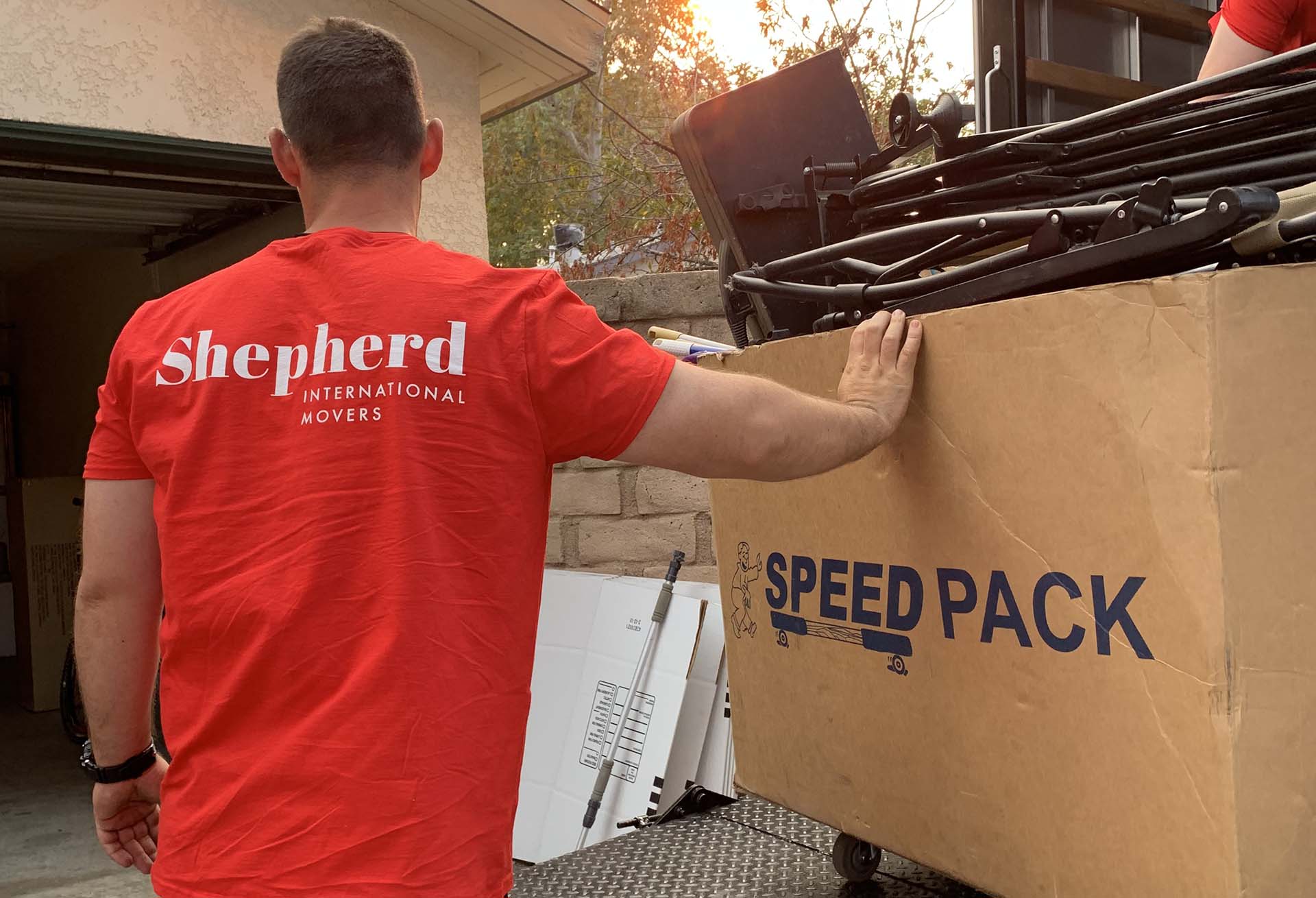

Have you been wondering how to move a piano easily and not hurt yourself in the process? There are specific steps everyone should follow when it comes to the transportation of musical instruments such as drums, guitars, violins, and pianos. It might be more challenging to find the best way to move a piano since the instrument is large and heavy. But with our easy-to-follow instructions, the move will go off without a hitch.
When moving overseas, people usually get nervous and end up making relocation mistakes. In order to avoid this, make sure that you get all the necessary information about how to move different types of pianos. For instance, moving an upright piano might slightly differ from getting grand pianos packed and ready for the move. If you want to avoid relocation stress, get the appropriate equipment, call people to help you, and contact your relocation company for any additional tips, you might require.
The First Step Is Acquiring Appropriate Equipment and Materials
So, what equipment do you need to move a piano? There are specific supplies and materials you should purchase before attempting to transport your instrument. In order to prevent things from breaking, you must acquire:
- Straps for dollies,
- A four-wheel dolly,
- Ramps,
- Plastic wrap,
- Packing paper,
- A blanket,
- Planks of plywood,
- Duct tape.
Some clients don’t want to spend any additional money on equipment for the move, so they choose to find other convenient ways to obtain needed equipment. If you are one of them, check the Craiglist website for any affordable materials that will come in handy. The move will be much more effortless and smooth with the right materials and equipment by your side.
You Might Also Need Some Additional Supplies
Among the essential equipment, there are some supplies that should also be on your moving abroad checklist. You want to make sure that you don’t damage the instrument or yourself during the whole process, so don’t forget to purchase protective gloves. Also, some pieces of the instrument that can be detached should be kept in a safe place; therefore, it would be best to get an extra cardboard box. Other useful supplies are roller buckles, stair rollers, and lifting bars. All of this might allow you to move more efficiently when it comes the time to transport the instrument.
How Do You Move an Upright Piano?
When trying to figure out how to move an upright piano, it would be wise first to attempt securing the whole instrument. The keys and pedals should be covered with packing paper or bubble wrap, and a towel or blanket should be placed over the lid. In order for the protective material to stay in place, use duct tape to secure everything.
Use additional blankets to cover every side of the instrument; in this way, you are going to protect it from bumps and scratches. At least two people should be on each side of the instrument, ready to lift it on the count of three. Another person should wait for the right moment to slide the four-wheel dolly underneath. When lifting the heavy instrument, make sure that you bend your knees to avoid physical injuries.
But, when you get the piano properly positioned on the dolly, it is easy to simply glide it across the home. Don’t forget when you load the instrument into the truck to use ratchet cargo straps to tie it down and prevent it from shifting during the transportation.
Here is a video on how you can use an instrument lifter when deciding how to move an upright piano.
How to Move a Grand Piano?
Relocating grand pianos might seem more complicated than moving upright pianos, but it should be noted that many steps are the same. You should first take the bench and place it in a bench bag or wrap it in a blanket; the music rack should be removed and wrapped in bubble wrap, then secure everything with duct tape.
The top lid usually stays open on these types of instruments, so you should lift the lid off and cover it in thick blankets. Tape around the blanket several times so that it cannot slip off in transit. The next step entails taking a screwdriver and removing the piano’s legs. Get someone to help you tilt the instrument while you remove them. The entire grand piano’s body should be covered with blankets and wrapped with bubble or plastic wrap.
After securing the whole instrument, tilt it gently and slip the four-wheel dolly or the piano’s board underneath it. In this way, it can be guided through the house and loaded into the truck. With ratchet cargo straps, tie the instrument into place so it stays protected. Think about getting at least four people to lift, load, and unload this large and heavy instrument.

Clear the Path When Moving a Piano
If you are inexperienced and moving out for the first time, you might easily forget about this important step. You should check the path your instrument should take and devise a plan on how to best maneuver it through doorways and corridors in your home. When trying to clear the path, don’t forget to measure the staircase and the door. All the cardboard boxes and equipment should be moved out of the way. You don’t want unnecessary items blocking the corridors or getting in the way when lifting and gliding the large instrument.
Moving the Instrument Down the Stairs
A challenging obstacle when moving across the world with a large instrument might be trying to move it down the stairs. If you own a pianoforte that is on the second or third floor, bear in mind that the best thing you can do is use a plank of plywood. The process of getting the instrument down the stairs doesn’t have to be complex if you have enough people helping you.
So, when you get to the staircase with your instrument on the dolly, simply place the planks of plywood or a stair ramp on the stairs and proceed to slide the instrument down the ramp as slowly as possible. At least two people should be walking down the steps and balancing each side. When you get to the end of the stairs, remove the ramp so that you can continue gliding it to the truck.

Get Professional Movers to Help You
So, you might be wondering – how much does it cost to move a standing piano? Your international moving company might offer you a price somewhere between 2,500 and 5,000 dollars. It would be wise to invest in international moving by sea and get professional help from packers and movers who are experts at preparing and transporting valuable instruments. They will bring their own special equipment and knowledge so you won’t have to do any lifting yourself. All you would be required to do is inform them of the characteristics and dimensions of the instrument so they can organize the move properly.
Now You Know How to Move a Piano
Figuring out how to move a piano yourself might be stressful and tedious. If you have good enough reasons to move the instrument overseas, you should consider getting your trusted movers to do the job for you. Yes, you can handle the move completely by yourself with this in-depth guide, but if you run into any problems or difficulties along the way, your international moving company will be able to solve them immediately. Now all you have to decide is if you are going to get movers to do it or put all that you have to learn from this guide into practice.







